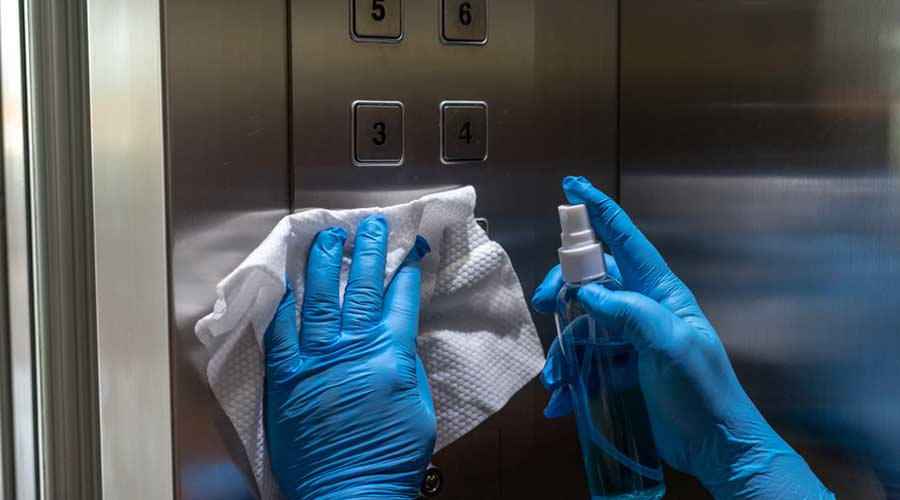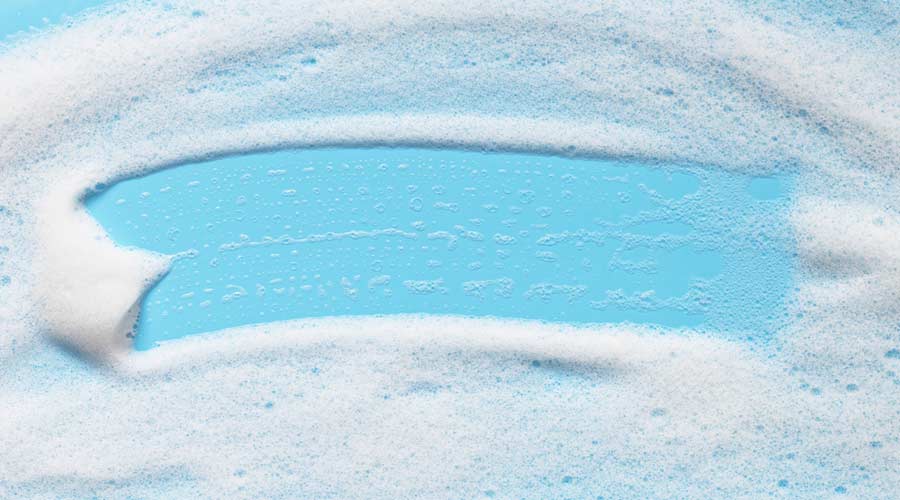EPA Says Waste Not
Over the next two years, the U.S. Environmental Protection Agency (EPA) is asking building service contractors and their customers to step up waste reduction efforts.
The agency recently launched a new campaign called the "Resource Conservation Challenge," which outlines the group’s mission to increase efforts to recycle and reduce waste. The EPA also announced 12 new projects that will test creative approaches to waste minimization, energy recovery, recycling and land revitalization.
The EPA aims to meet or beat two goals by 2005: Boost the national recycling rate from 30 percent to at least 35 percent, and cut in half the generation of 30 harmful chemicals typically found in hazardous waste.
One of the projects encourages businesses to join a "Waste Minimization Partnership Program" to help reduce harmful chemicals. Among the 30 chemicals targeted by the agency are lead, mercury, cadmium, and some ingredients found in insecticides, solvents and degreasers.
Specifically, the agency is asking educational facilities to manage waste anywhere chemicals are used, including academic laboratories, custodial and maintenance departments and within pesticide programs. Schools and universities also are expected to reduce the amount of materials purchased and disposed.
Hospital efforts will focus on reducing waste, including mercury use; encourage product stewardship and evaluate waste management rules and policies.
Federal agencies, state and local governments buy more than 50 types of recycled-content products. The EPA urges government facilities to promote recyclable materials and act as a model for other facilities that are in a position to increase recyclable use.
The agency plans to provide training, tools and technology assistance to businesses and government facilities interested in participating in these programs.
CDC offers new hand hygiene guidelines for healthcare
BSCs who purchase restroom supplies for their customers may want to entertain greater use of hand sanitizers following a recent move by the Centers for Disease Control and Prevention (CDC).
The CDC recently released guidelines to improve adherence to hand hygiene in healthcare facilities.
In addition to traditional handwashing with soap and water, CDC recommends the use of alcohol-based hand sanitizers by healthcare personnel.
Hospital research in the past five years has shown hand sanitizers cut hospital infections in half in some hospitals.
The CDC’s new guidelines follow a report from the American Society for Microbiology that indicated that alcohol-based hand rinses are very effective at reducing hospital germs, because they are much quicker and kill more microbes than traditional handwashing in less time.
New window-cleaning guide addresses workers’ safety
The Property Professional’s Guide to the ANSI/IWCA I-14.1 Window Cleaning Safety Standard was released in October by the Building Owners and Managers Association International (BOMA) and the International Window Cleaning Association (IWCA).
The document focuses on safety guidelines for the use of window-cleaning access equipment and addresses rope descending systems, transportable and permanent suspended scaffolds, ladders and lifts.
Council calls on business leaders to increase safety focus
The National Safety Council (NSC) recently announced a Safety Management System that asks for executive managers of businesses to lead employees in stronger safety campaigns.
The NSC encourages leaders to align safety with business objectives. Some other elements of the program include a high level of communication within the business, a continuous record of safety assessments, audits and improvements, employee involvement and training.
The system is designed to ensure that businesses meet or exceed standards from the U.S. Occupational Safety and Health Administration, the American National Standards Institute among others.
Cleaning how-to
After the Fire
To help cleaning professionals address damage after a fire, the National Institute of Disaster Restoration (NIDR) recently released a revised and expanded version of Guidelines for Fire and Smoke Damage Repair.
The new guidelines include material on how to repair and clean up water damage, wood floors, rugs, furniture and walls. The manual also provides information on toxic hazards and residues, and explains deodorization processes after a fire.
The guidelines include answers to basic questions, such as:
- When is a wall clean?
- When is restoration cost-effective?
- What procedures are recommended for older buildings?
The NIDR is a division of the Association of Specialists in Cleaning and Restoration.
This information is intended as a summary of legal information and should in no way be construed as legal advice. Contact your attorney before proceeding with any legal action.

 The Down and Dirty on Cleaning in Virus Season
The Down and Dirty on Cleaning in Virus Season How Surfactant Use is Expanding in Commercial Cleaning
How Surfactant Use is Expanding in Commercial Cleaning Operational Excellence Series 2025: Better Budgeting
Operational Excellence Series 2025: Better Budgeting
